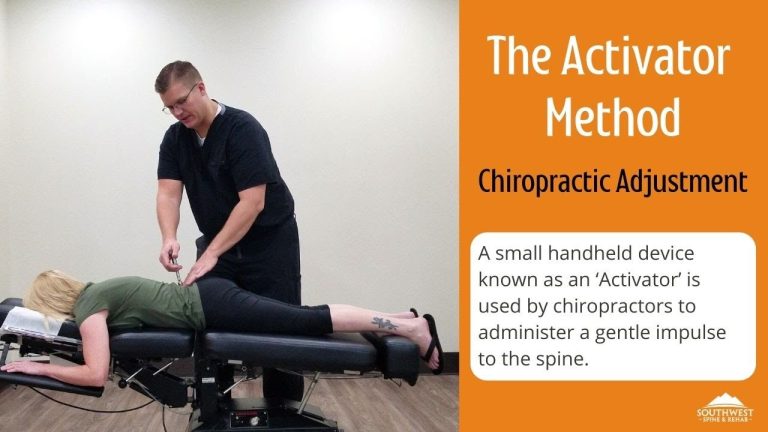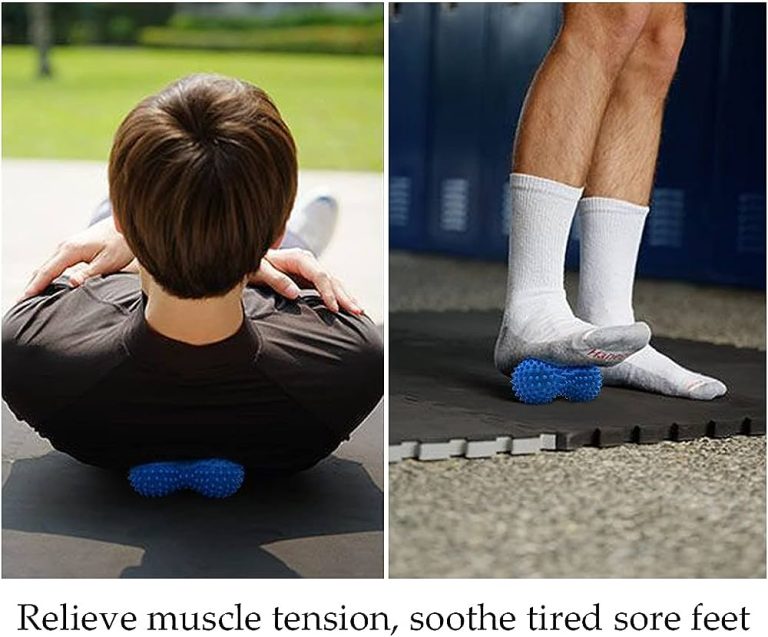Post Pregnancy Exercise: Revitalizing Your Body and Mind
Congratulations! You’ve just brought a beautiful baby into the world, and now it’s time to focus on yourself.
Post-pregnancy exercise can be the key to reclaiming your physical and emotional well-being after childbirth. But where do you start?
How do you navigate this new chapter of your life? The answer lies in finding the right balance, consulting with healthcare professionals, and taking things at your own pace.
In this article, we will guide you through the benefits of postpartum exercise, the importance of starting slowly, staying hydrated, and finding the support you need to create a stronger, healthier you. So, let’s dive in and discover the remarkable journey that awaits you!
post pregnancy exercise
Post pregnancy exercise is important for new moms as it can have numerous physical and emotional benefits. Engaging in exercise after giving birth can relieve stress, improve blood circulation, boost energy levels, enhance sleep quality, and even prevent postpartum depression.
However, it is crucial to consult with a healthcare provider before starting any postpartum workouts. For women who had a normal vaginal delivery, light exercise can begin a few days after delivery.
On the other hand, those who had a c-section or experienced complications should consult their doctor first. Typically, doctors clear women for normal pre-pregnancy activities and exercise at their six-week postpartum check-up.
It is recommended to start with light exercises and gradually increase intensity. Staying hydrated and consuming healthy snacks, especially if breastfeeding, is also important.
Before exercising, it is advisable to either feed or express milk to avoid discomfort from engorged breasts. Basic exercises that strengthen major muscle groups are beneficial, and it is suggested to begin with 10 to 20 minutes a day and gradually work up to 30 or more minutes of moderate-intensity exercise.
Women who previously performed vigorous-intensity exercise before pregnancy can gradually return to it with guidance from their healthcare provider. Starting with low-impact exercises like walking is a good option.
Finding a postpartum exercise class can provide support and camaraderie. Specific exercises such as pelvic tilt and Kegel exercises are beneficial for strengthening abdominal and pelvic floor muscles.
Additionally, the happy baby yoga pose can help relax and stretch pelvic muscles. Overcoming barriers to exercise when caring for a newborn is crucial.
Seeking support from loved ones and scheduling dedicated time for exercise is important. Engaging in exercise with a friend for motivation or including the baby in the workout, such as pushing the stroller or doing abdominal exercises with the baby beside you, can make it more manageable.
Key Points:
- Post pregnancy exercise has physical and emotional benefits for new moms.
- Consult with a healthcare provider before starting any postpartum workouts.
- Light exercise can begin a few days after delivery for women with normal vaginal delivery, but those with a c-section or complications should consult their doctor first.
- Start with light exercises and gradually increase intensity, staying hydrated and consuming healthy snacks.
- Basic exercises that strengthen major muscle groups are beneficial, starting with 10 to 20 minutes a day and gradually working up to 30 or more minutes of moderate-intensity exercise.
- Seek support and schedule dedicated time for exercise, consider finding a postpartum exercise class for camaraderie, and incorporate the baby into the workout.
Sources
https://www.mayoclinic.org/healthy-lifestyle/labor-and-delivery/in-depth/exercise-after-pregnancy/art-20044596
https://www.verywellfamily.com/postpartum-exercise-routine-2759435
https://www.acog.org/womens-health/infographics/exercises-after-pregnancy
https://www.healthline.com/health/exercise-fitness/postnatal-exercises
Check this out:
💡 Pro Tips:
1. Incorporate resistance training into your post-pregnancy exercise routine to build strength and tone muscles. This can be done with weights, resistance bands, or bodyweight exercises.
2. Practice deep breathing exercises during your workouts to help activate and strengthen your core muscles, including the pelvic floor. This can aid in postpartum recovery and prevent issues like diastasis recti.
3. Take advantage of baby-wearing workouts, where you use a baby carrier or sling to carry your baby while you exercise. This allows you to bond with your baby while getting in a workout at the same time.
4. Don’t be afraid to modify exercises as needed. Listen to your body and make adjustments or seek guidance from a postpartum fitness specialist if you experience any discomfort or pain.
5. Make sure to include rest days in your exercise routine. Post-pregnancy is a time of recovery and rest is essential for your body to heal. Listen to your body and give yourself the time you need to recover between workouts.
Benefits Of Postpartum Exercise
Exercise after pregnancy can have numerous physical and emotional benefits for new moms. Engaging in regular postpartum workouts can help relieve stress, improve blood circulation, boost energy levels, enhance sleep quality, and even prevent postpartum depression.
The physical activity helps release endorphins, which are known as “feel-good” hormones, improving overall mood and well-being. Additionally, exercise can aid in the body’s recovery process after childbirth, helping new moms regain their pre-pregnancy strength and fitness.
Important Considerations Before Starting Postpartum Workouts
Before embarking on any postpartum exercise routine, it is crucial to consult with a healthcare provider. Every woman’s postpartum journey is unique, and medical professionals can advise on the appropriate time to start exercising based on individual circumstances.
Women who had normal vaginal deliveries can typically begin light exercise a few days after delivery. However, those who underwent c-sections or experienced complications should seek professional guidance before initiating any workout plan.
Doctors usually give the green light for normal pre-pregnancy activities and exercise during the six-week postpartum check-up. This check-up is essential for ensuring that the body has healed sufficiently and can handle the physical demands of exercise.
It is crucial to follow the healthcare provider’s recommendations and gradually increase the intensity of exercise over time to avoid any potential strain or injury.
Gradually Increasing Intensity Of Postpartum Exercise
When starting postpartum exercise, it is important to begin with light activities and gradually increase the intensity over time. This gradual progression allows the body to adapt and safely build strength.
Starting with 10 to 20 minutes of exercise per day, new moms can slowly work their way up to 30 minutes or more of moderate-intensity workouts.
Women who engaged in vigorous-intensity exercise before pregnancy can gradually return to it with guidance from their healthcare provider. It is essential to listen to the body’s signals and not push too hard too soon.
Overexertion can hinder the postpartum recovery process and potentially lead to injury.
Hydration And Nutrition Tips For Postpartum Exercise
Proper hydration and nutrition are crucial elements of postpartum exercise. New moms should focus on staying hydrated by drinking an adequate amount of water before, during, and after workouts.
Additionally, consuming healthy snacks, especially if breastfeeding, can provide the necessary energy and nutrients for both the mother and the baby.
To avoid discomfort from engorged breasts during exercise, it is advisable to feed or express milk before starting a workout. This ensures that the breasts are not overly full and potentially painful.
Specific Exercises To Strengthen Major Muscle Groups
When choosing postpartum exercises, it is beneficial to focus on strengthening the major muscle groups of the body. Some recommended exercises include pelvic tilt, Kegel exercises, and the happy baby yoga pose.
Pelvic tilt exercises help strengthen the abdominal muscles and can be done multiple times a day. Simply lie on your back with knees bent, flatten your back against the floor by tightening your abdominal muscles, hold for a few seconds, and then release.
Kegel exercises are essential for toning the pelvic floor muscles, which can become weakened during pregnancy and childbirth. To perform Kegels, squeeze the muscles used to stop the flow of urine, hold for a few seconds, and then release.
The happy baby yoga pose is an excellent exercise for relaxing and stretching the pelvic muscles. Lie on your back, grab the inside arches of your feet, and try to bring your knees toward your shoulders.
Hold the pose for several breaths, feeling a gentle stretch in the hips and lower back.
Overcoming Barriers To Exercise As A New Mom
Caring for a newborn can present several challenges when it comes to finding time for exercise. However, it is important to prioritize self-care and make time for physical activity.
Support from loved ones can play a significant role in helping new moms find the time and space for exercise.
Scheduling dedicated time for exercise is crucial. Treat it as an appointment and stick to it.
If possible, consider exercising with a friend or finding a postpartum exercise class to provide support and camaraderie. Alternatively, incorporating the baby into the workout routine can help create bonding moments, such as pushing the stroller while walking or doing abdominal exercises with the baby by your side.
The postpartum period can be challenging, but with determination and support, new moms can navigate the barriers to exercise and start their journey towards revitalizing their body and mind.
This long, verbose article explores the importance of postpartum exercise for new moms. It delves into the benefits of exercise, such as stress relief, improved circulation, increased energy levels, better sleep, and the prevention of postpartum depression.
It emphasizes the need for consultation with healthcare providers before starting postpartum workouts to ensure safety and tailored guidance. The article advises gradually increasing exercise intensity and provides specific exercises to strengthen major muscle groups.
It highlights the significance of hydration and nutrition, as well as overcoming barriers to exercise as a new mom. Overall, this information-packed article aims to empower new moms to prioritize their physical and emotional well-being through postpartum exercise.







